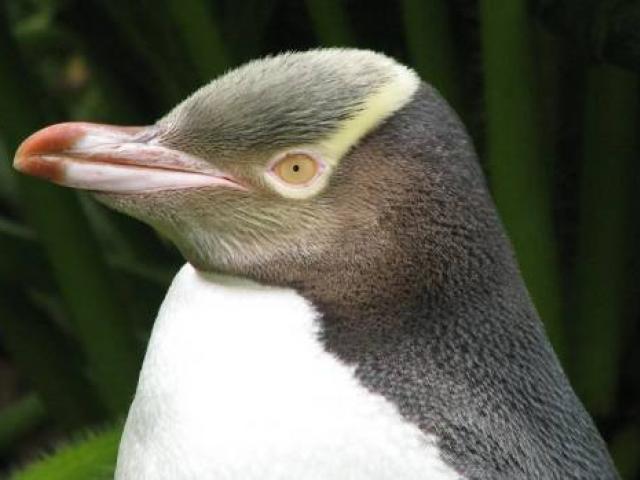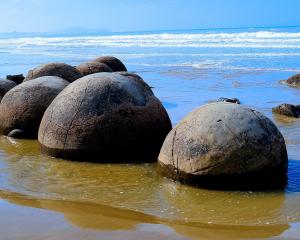
But with many of the nationally vulnerable birds still young - and breeding for the first time - repeating the breeding success of last year would be a challenge, Penguin Rescue manager Rosalie Goldsworthy said.
Due to the increase of young birds, volunteers had hoped for an increase in the number of nests when the first egg was laid on September 15, but this week Mrs Goldsworthy said she suspected the older breeding females that had not returned to Moeraki were dead.
"It is bad news," Mrs Goldsworthy said.
"The good part of that is there are a lot of young ones, but we’ve lost some of our older breeders.
"They [younger females] are usually less fertile and they’re not as good at raising babies yet, because they haven’t had any practice."
Volunteers found the last egg of this year’s breeding season laid at Moeraki yesterday and now roughly 80 eggs were being incubated.
Last year, 47 chicks fledged from the 47 nests at Moeraki, but this year’s 45 nests included 10 first-time breeding-age females.
Penguin Rescue’s 2017 annual report, published late last month, states last year 48% of chicks were treated for symptoms of the little-understood disease avian diphtheria, which has been plaguing New Zealand’s yellow-eyed penguin colonies since 1999.
But antibiotics treatment - administered daily by hand for five days - was "mostly a success with 73% of treated chicks surviving".
By mid-November this season’s eggs would have hatched and volunteers would know whether diphtheria would affect the breeding season again, Mrs Goldsworthy said.
Last year was the second year in a row an avian diphtheria outbreak killed Moeraki yellow-eyed penguin chicks.
"We’re doing our best to fledge as many chicks as possible," Mrs Goldsworthy said.
Forty-three volunteers contributed a total of 6217 hours at Moeraki, the equivalent of 3.4 full-time positions.
Habitat work was ongoing to mitigate disturbance by tourists.
"Tourists continue to be noisy and harass penguins, seals, shags, and climb fences to get closer to penguins," the report reads.
"The onslaught of uncontrolled tourism at Katiki Point described in last year’s annual report continued unabated. No nests within the area viewed by visitors raised chicks successfully."
Penguin Rescue received $8633 through its donation box at Katiki Point and as there were an estimated 50,000 visitors, "donations would have equated to an average of 17 cents per person".
In 1984 Moeraki’s seven nests accounted for 1% of the South Island total. With last year’s 47 nests, Moeraki remained the largest concentration of yellow-eyed penguins in mainland New Zealand and accounted for 94% of nests in North Otago and roughly 20% of nests in the South Island.
The Department of Conservation’s estimate last year of 261 breeding pairs of the bird on mainland New Zealand was a 25-year low.












